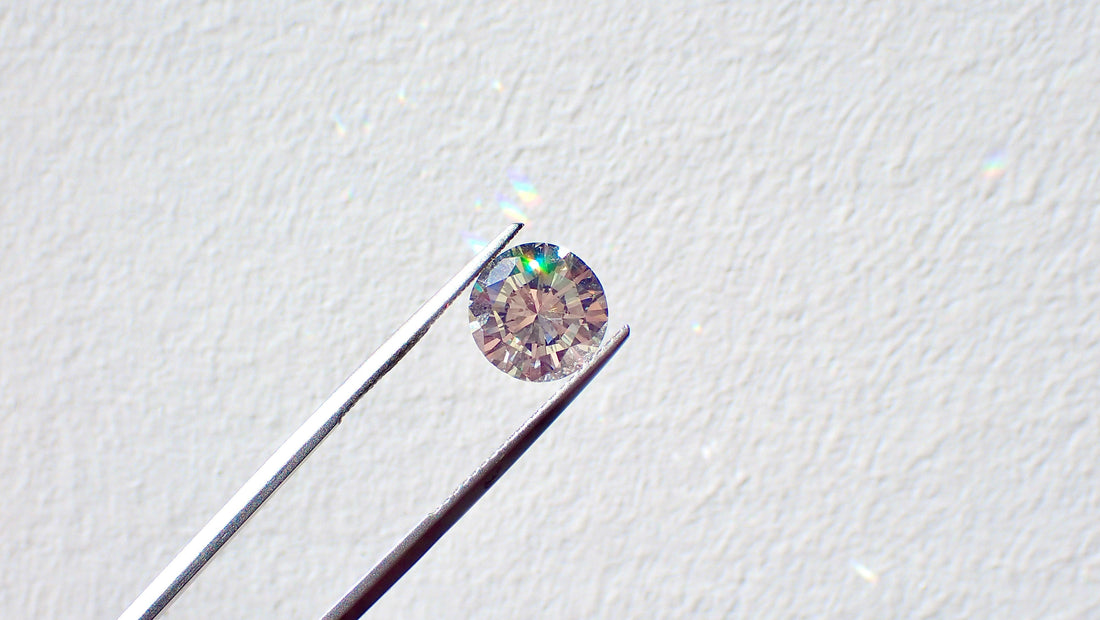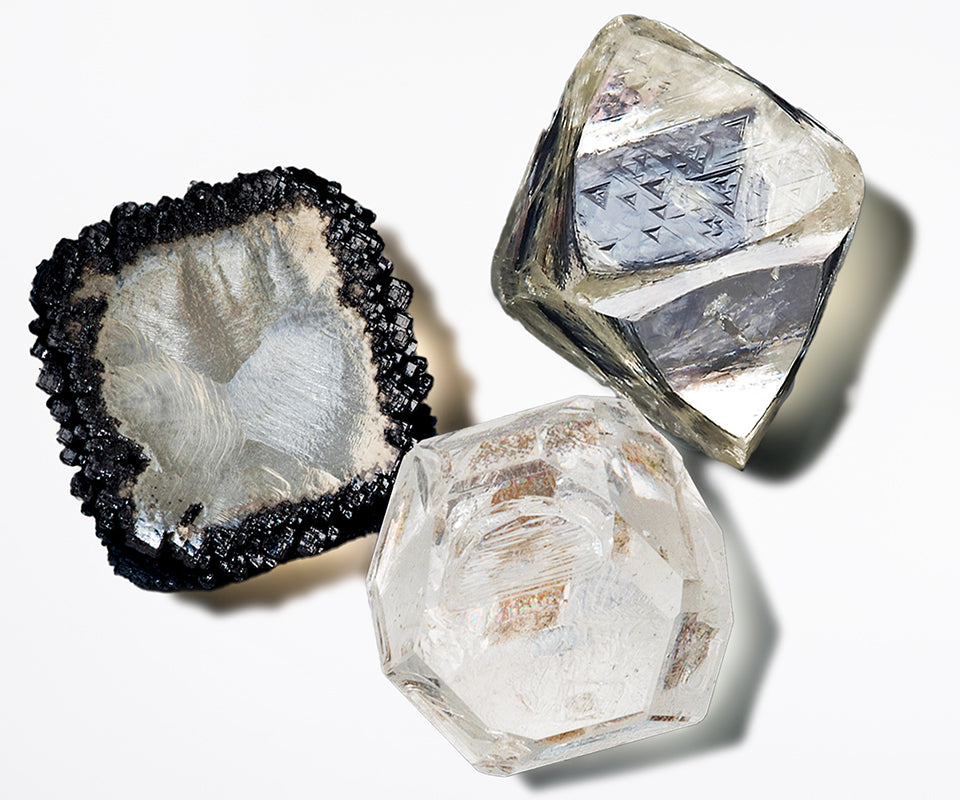

GIA is updating the 80-year-old system for assessing diamonds.
In a move that highlights massive changes in the lab-grown diamond space, the GIA (Gemological Institute of America) announced in June that it will adopt a new system for evaluating man-made stones.
Kicking off later this year, GIA will move away from the traditional 4 C’s system it developed for natural diamonds when assessing lab gems. Instead, it will be using “new descriptive terminology”. That means lab-grown diamonds will be categorised under a new framework: premium or standard.
The GIA will use a combination of metrics related to colour, clarity, and cutto assign the diamonds. But if diamonds don’t achieve the minimum standard for quality, they won’t receive any designation from the GIA.

Why the switch-up?
Put simply, the change reflects the narrow colour and clarity range of lab-grown diamonds.
According to Tom Moses, executive vice president and chief laboratory and research officer, more than 95% of laboratory-grown diamonds entering the market fall into a very narrow range of colour and clarity. The system used for the continuum of colour and clarity of natural diamonds doesn’t make sense for lab-created stones anymore.
This compression in the range of colour and quality is a result of recent improvements in diamond-growing technology. We’re seeing less variation in diamond jewellery, which calls for a different approach.
The rise of lab-grown diamonds
Once upon a time (not too long ago), lab-grown gems were widely viewed with scepticism.
They’ve since gained mainstream acceptance, with Forbes reporting that lab-grown diamonds accounted for just 1% of diamond sales in 2015, compared to around 20% in 2024.
We can put that down to a few reasons:
- Price: Although basically identical to mined diamonds, lab-grown alternatives sell for a fraction of the price.
- Ethics: Consumers don’t have to worry about buying diamonds that could be associated with conflict or war.
- Major brands onboard: Big and small diamond brands helped take lab-grown diamonds mainstream. The stones are now more widely available, with the hype for lab diamonds taking off in 2018 (before steadying somewhat).
What’s next?
The GIA’s decision to revamp its assessments marks a turning point in the improved quality (and widespread acceptance) of lab-grown diamonds.
Changes will come into place later in the year, but the original grading system will still be used for natural diamonds – there to communicate a stone’s characteristics and help consumers make purchasing decisions.
The new classification system for man-made diamonds is set to offer a clearer, more useful guide to navigate the modern diamond landscape.
You’re welcome to browse diamond jewellery at Trilogy. Visit us in Hatton Garden or shop online for free delivery. Personal finance is also available.
TRILOGY ON YOUTUBE
Follow Trilogy on YouTube for regular updates and reviews of luxury watches and jewellery.
